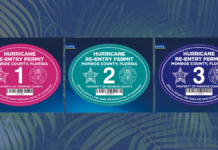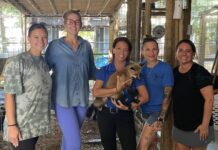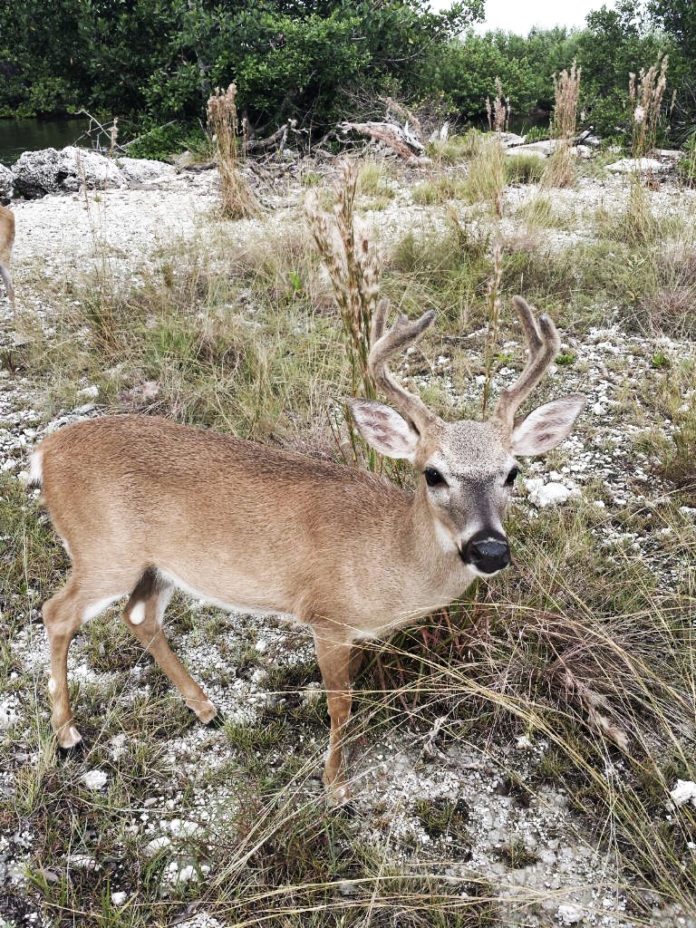Big Pine and No Name Key are home to a special endangered species, Key Deer. People travel from all over the world to see the small animals. In the Keys they are a day trip away from anywhere.
According to Florida Keys Refuge Manager Nancy Finley, the deer have been genetically isolated for millennia.
“They have a whole different set of behaviors and the animals are smaller because of food limitations. The deer are something you will not see anywhere else in the world,” Finley said. “I get lots of questions about them.”
The Key deer is a subspecies of the common white-tailed deer, which migrated to the Florida Keys from the mainland over a land bridge during the Wisconsin glaciation. The earliest written reference about Key deer comes from the memoirs of Hernando de Escalante Fontaneda, a Spanish sailor shipwrecked in the Florida Keys and captured by Native Americans in the 1550s, according to Keydeer.org.
It’s easiest to see the deer when they are foraging in the early morning and evening. Mid-day sightings are rare.
“Be careful. They are hard to see. Drivers should go slowly,” said Finley. “And do not feed them. It trains them to go out towards cars and make contact with humans.”
She said some of the best places to look for Key deer, and other wildlife, are near the fire roads on Big Pine Key and NO Name Key marked with metal gates and signs.
No Lower Keys wildlife tour is complete without a stop at The Blue Hole located off Key Deer Boulevard. Visitors can see alligators (again, don’t feed ‘em), anhinga and great heron nests, plus a variety of turtles.
After the wildlife adventure has worked up an appetite, stop at the dollar bill-covered No Name Pub for a drink and some of their world famous pizza. A day exploring the nature the Lower Keys has to offer will surely be remembered.
Big Pine Key
MM 30
30813 Watson Blvd., Big Pine Key, $$
























